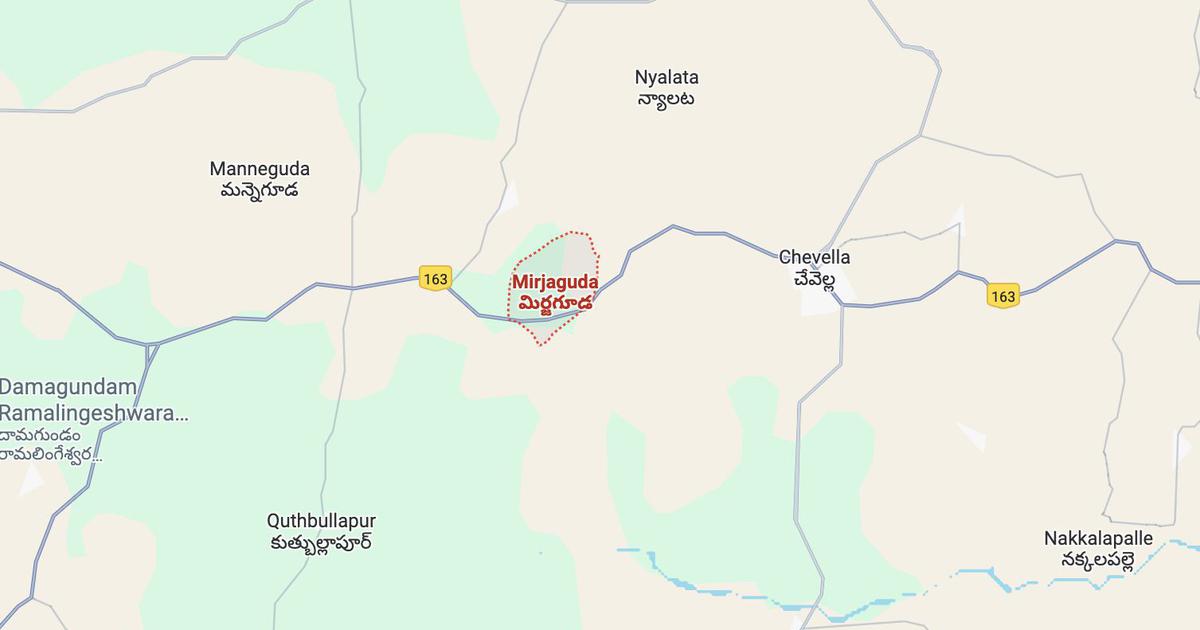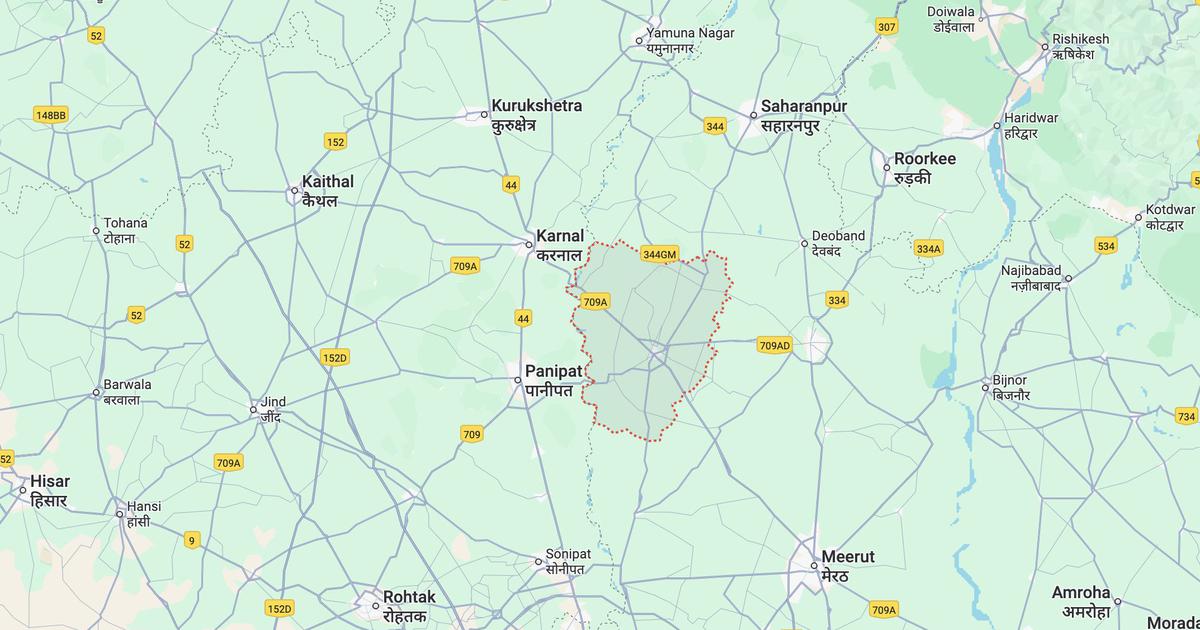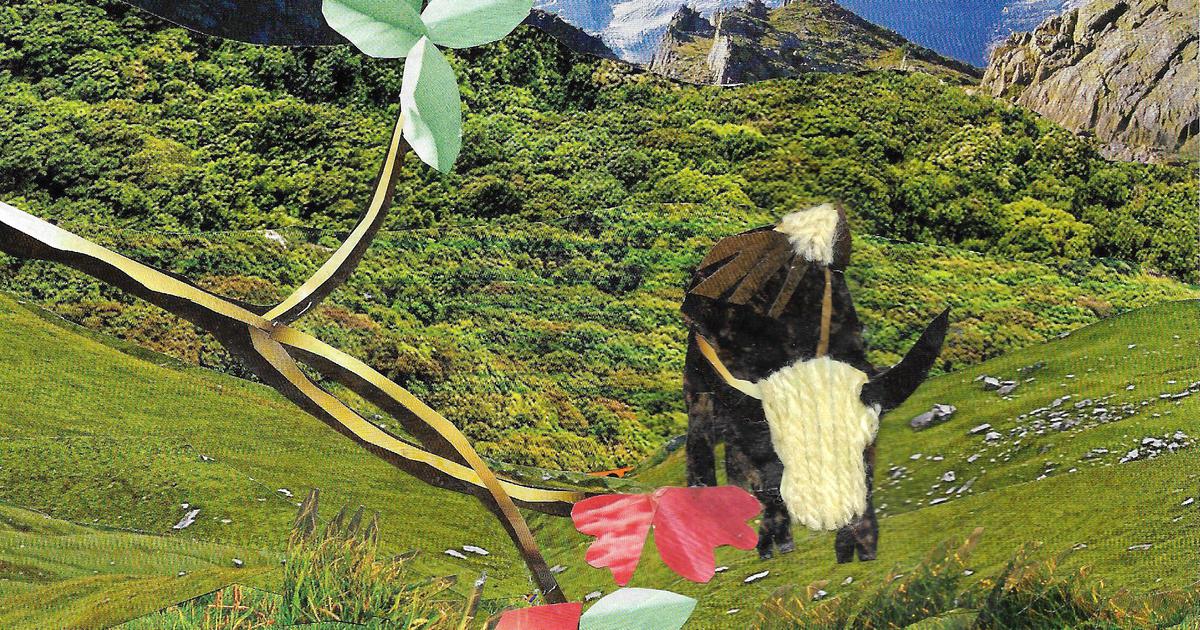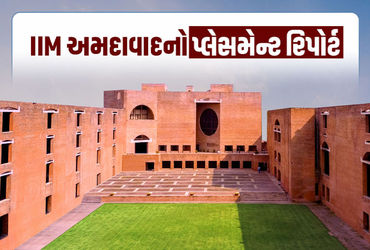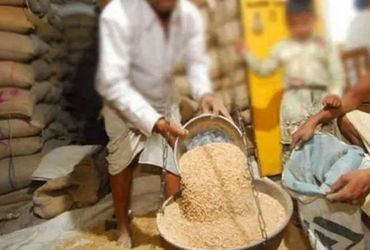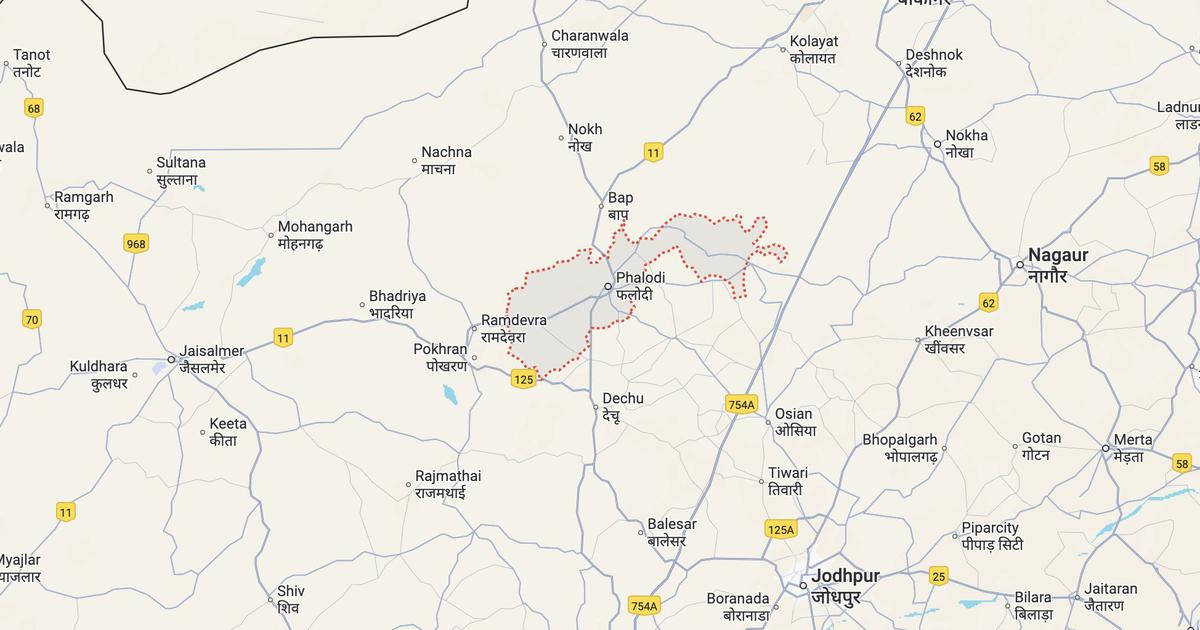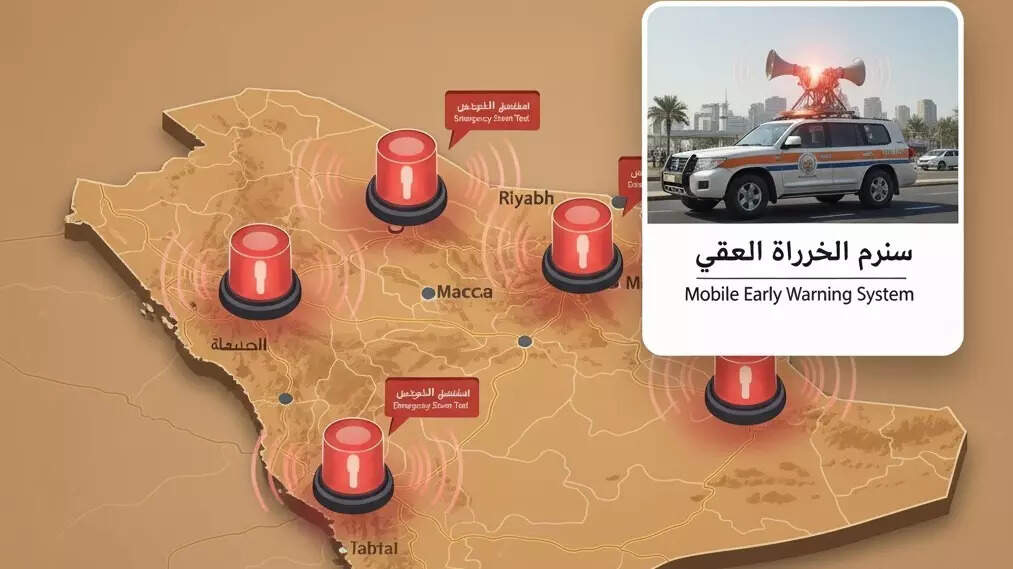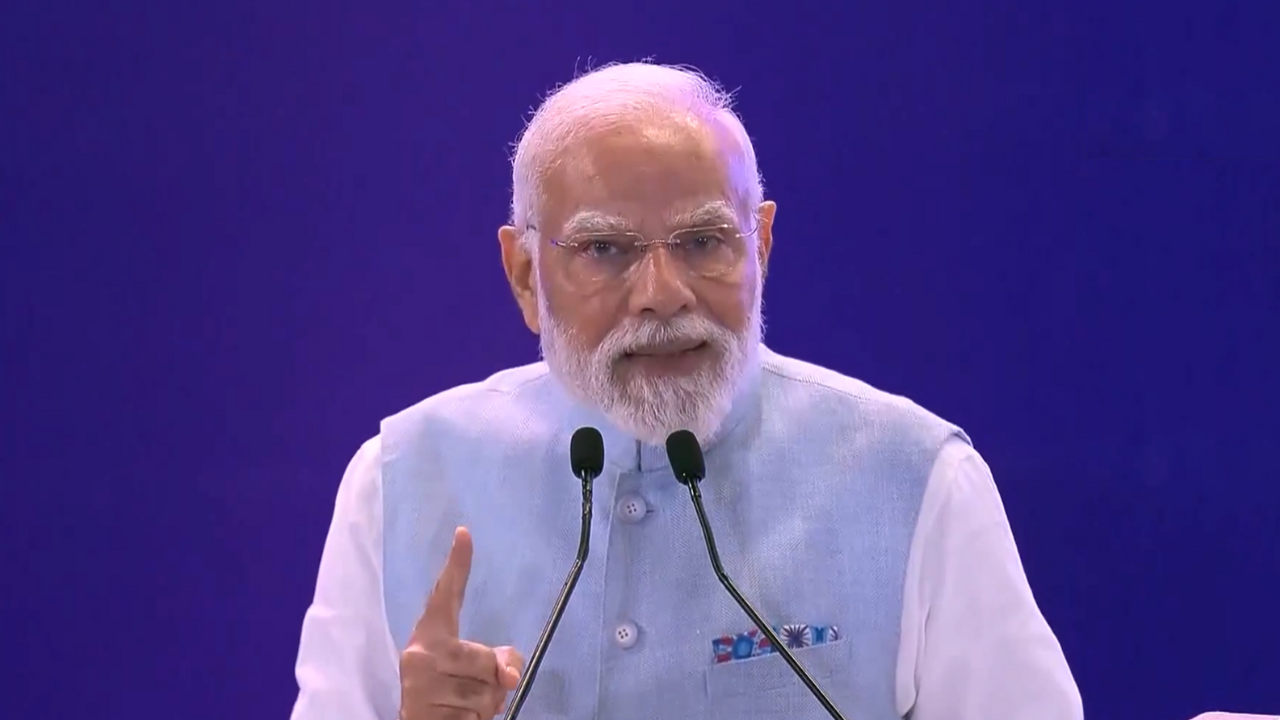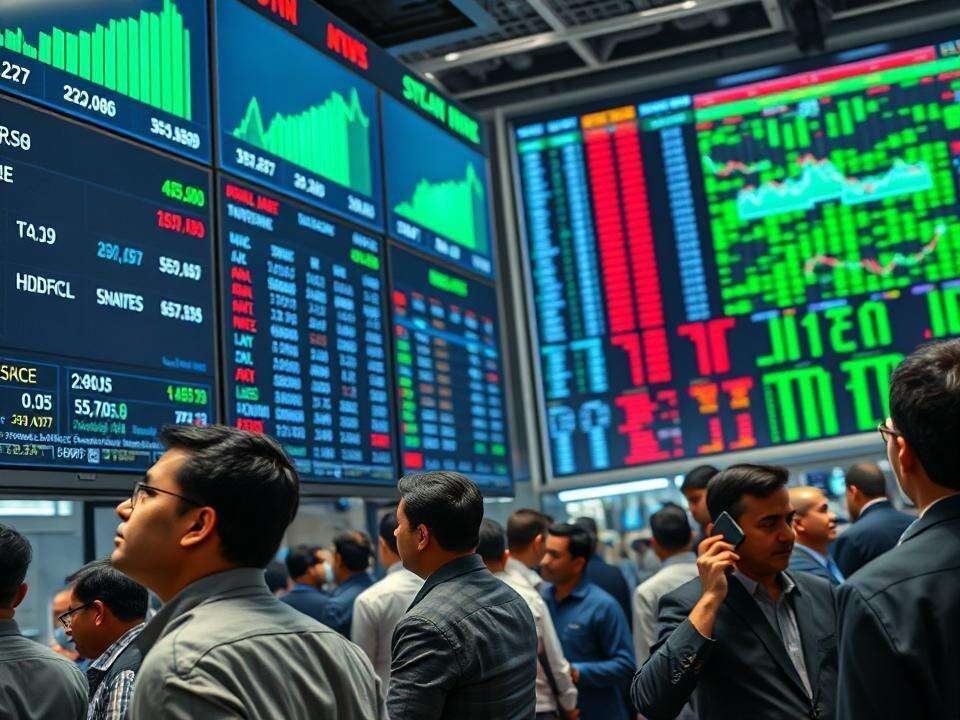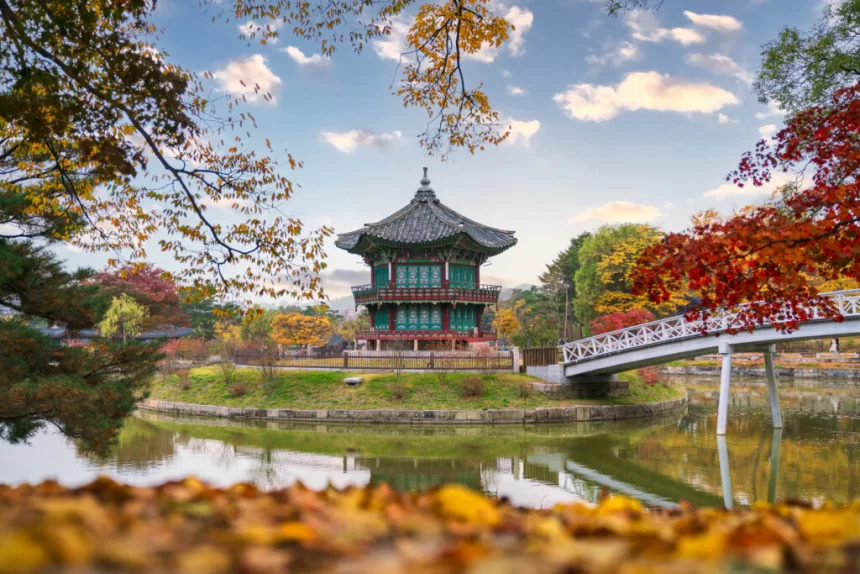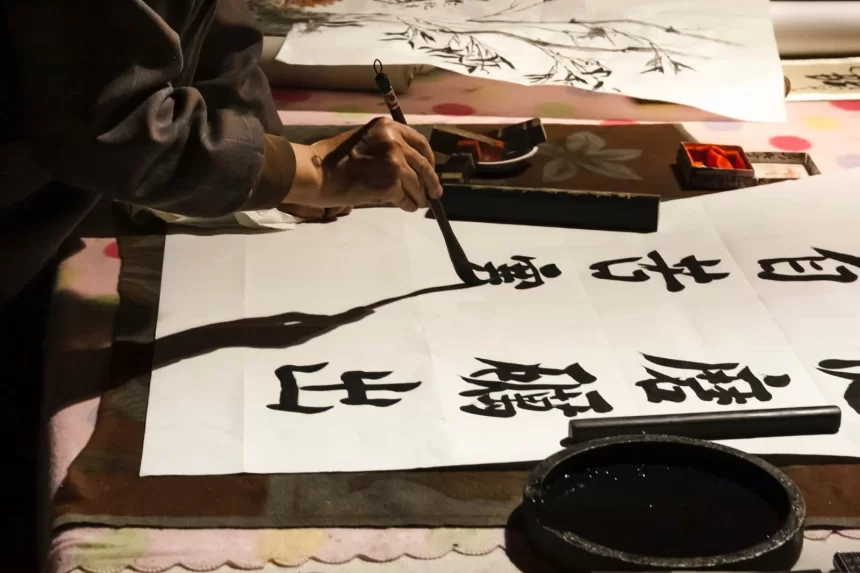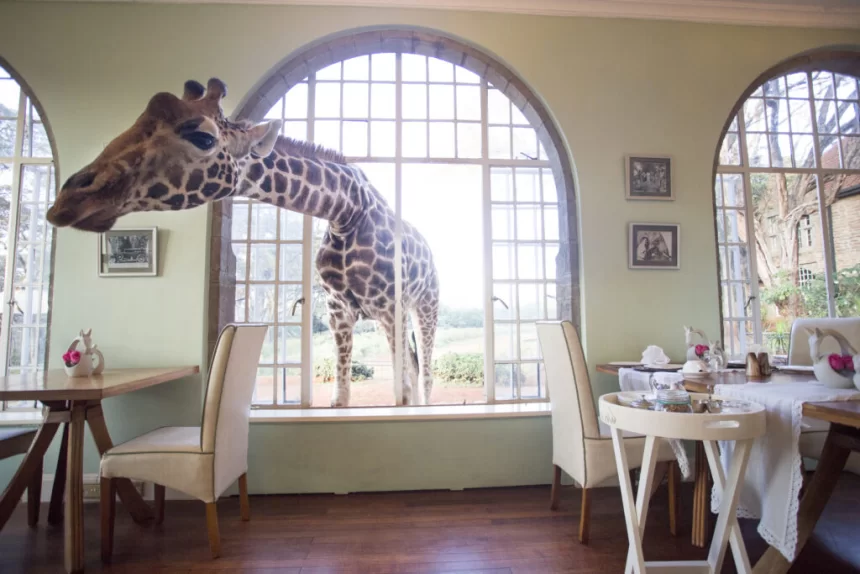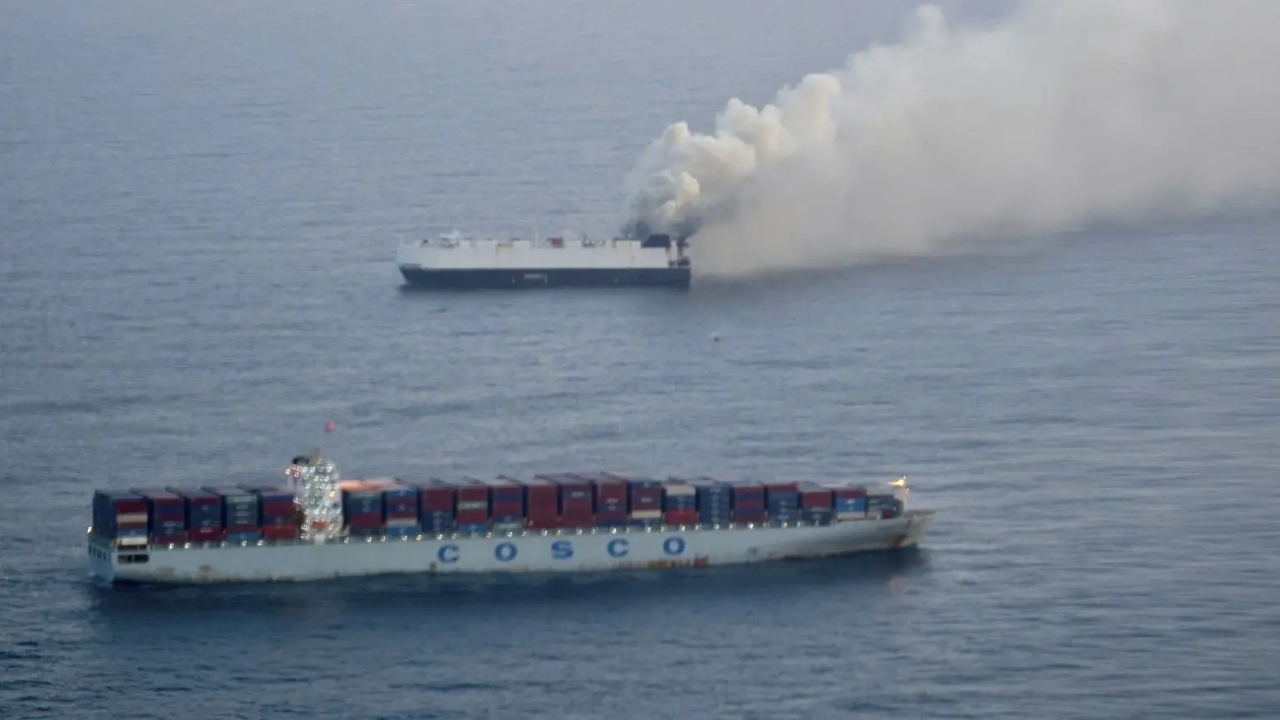A former CEC presents a model in his book for democracy to survive, adapt and thrive in South Asia
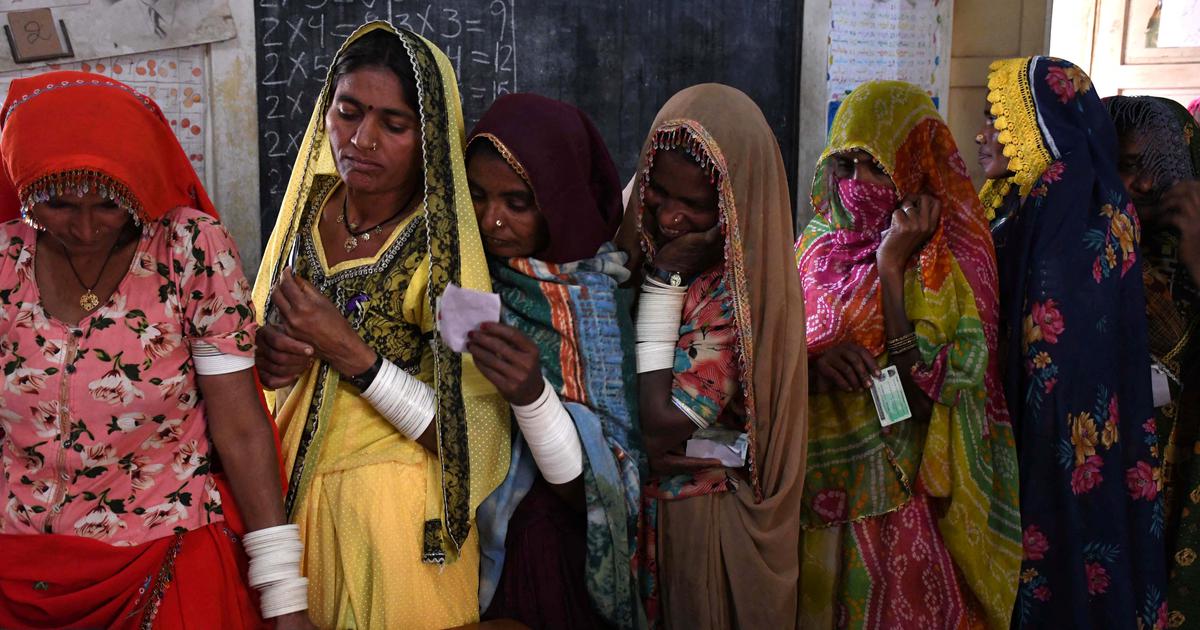
Join our WhatsApp Community to receive travel deals, free stays, and special offers!
- Join Now -
Join our WhatsApp Community to receive travel deals, free stays, and special offers!
- Join Now -

The democratic landscape of South Asia is marked by paradoxes, contradictions and a stubborn endurance. It is a region where democracy has been repeatedly imperilled – by fascistic majoritarianism, military authoritarianism and theocratic repression – yet never fully extinguished. From theocratic autocracy in Afghanistan to illiberal populism in India, and from the military–industrial stranglehold in Pakistan to the dynastic–authoritarian episodes in Bangladesh and the Maldives, the subcontinent today confronts a formidable spectrum of democratic decay.
Nevertheless, across time, every country in the region has, in its own moment of reckoning, resisted total collapse into autocracy and struggled back towards democratic renewal. This recurring democratic instinct – however faltering, however compromised – speaks not only to the political vitality of the region’s peoples, but to the unfinished nature of the democratic experiment itself.
South Asia also offers an unparalleled laboratory for the comparative study of democracy and governance. The region presents nearly the entire typological range of political regimes: the complex federal democracy of India; Pakistan’s enduring entanglement between civilian rule and military dominance; theocratic fascism under Taliban rule in Afghanistan; the transformation of Bhutan and Nepal from monarchies to constitutional democracies; and the episodes of outright dictatorship, dynasticism and electoral manipulation in...
Read more
What's Your Reaction?
 Like
0
Like
0
 Dislike
0
Dislike
0
 Love
0
Love
0
 Funny
0
Funny
0
 Angry
0
Angry
0
 Sad
0
Sad
0
 Wow
0
Wow
0
